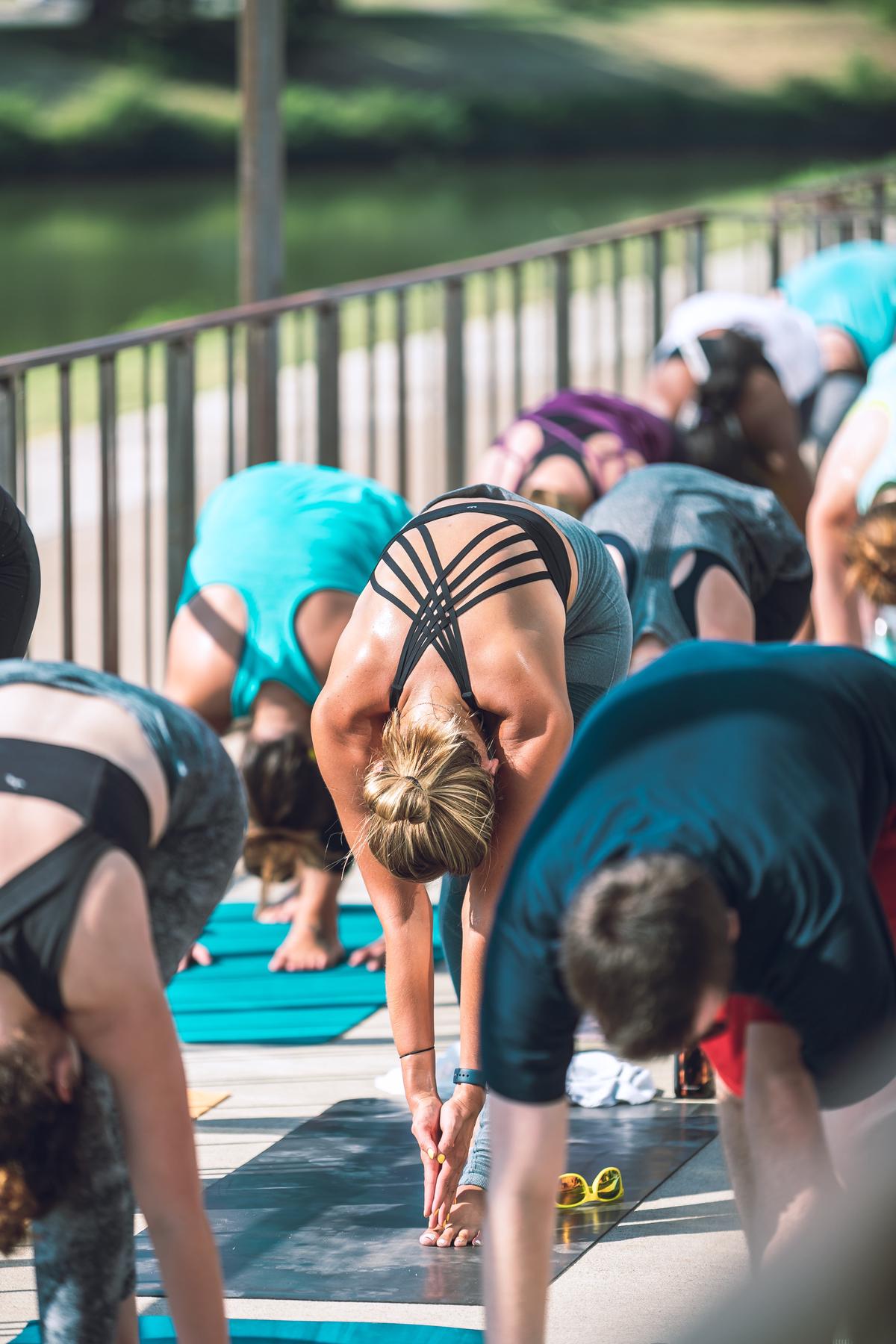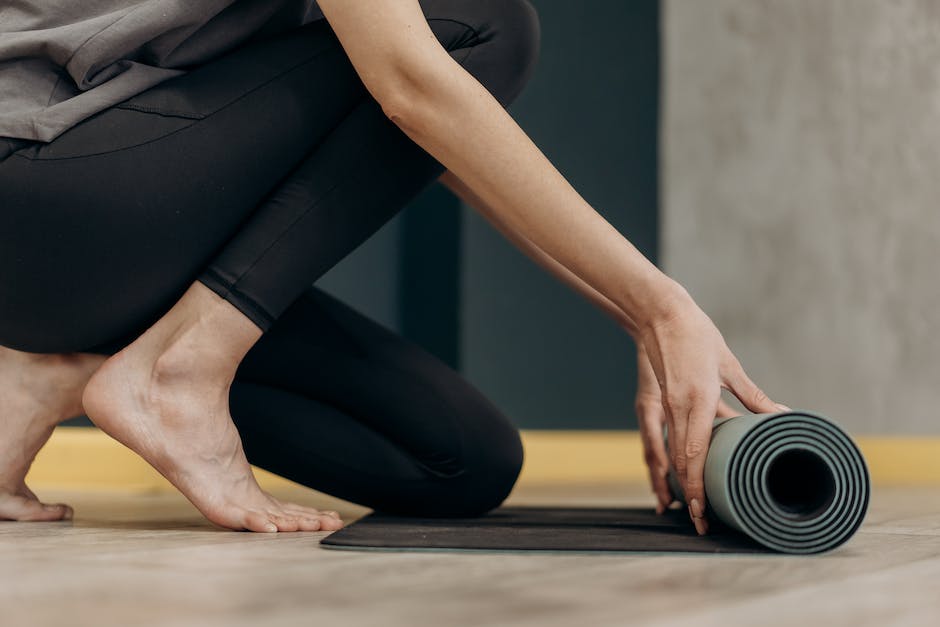Embarking on a journey into the world of yoga opens up a myriad of opportunities for physical and mental transformation. As beginners, understanding the foundational components such as basic yoga poses is key to developing a practice that is both safe and beneficial. Basic Yoga Poses are more than mere physical exercises; they are a form of expression that links the mind and body, fostering balance and stability. Similarly, Breath Control Techniques lay at the heart of yoga, acting as an anchoring force that guides practitioners through their movements with intention and mindfulness. Furthermore, recognizing the importance of Yoga Etiquette and Mindset can profoundly enhance the experience, helping newcomers navigate the culture of yoga with respect and openness. As we delve into these essential elements, let’s embrace the transformative power of yoga with an eager spirit and a willingness to learn.
Basic Yoga Poses
Hey there, amazing parents and homemakers!
As we journey through the beautiful chaos that is raising a family, finding a sliver of time for ourselves can feel harder than negotiating an extra hour of sleep with a toddler. But, have you considered yoga? Not only is it fantastic for the body, but it’s a welcome oasis of calm for our busy minds. Now, before images of twisty pretzel poses scare you off, let’s talk about the fundamental yoga poses that are perfect for beginners. These poses are the building blocks for any practice, whether done in the quiet of dawn before the household awakens, or alongside your curious kiddos.
Mountain Pose (Tadasana)
Stand with your feet hip-width apart, pressing evenly through your soles. Engage your thigh muscles slightly, tuck your tailbone, and imagine a line of energy going from your feet up through the top of your head. Shoulders are relaxed, and arms are at your sides. Here’s your chance to feel grounded and centered – maybe the most peaceful two minutes of the day, right?
Downward-Facing Dog (Adho Mukha Svanasana)
Hands and feet on the ground, hips high – this is your inverted V-shape. It’s like being upside down without the rush to the head! Giggle over the fact that in this moment, you’re a human tent, and feel the lovely stretch down your spine and legs. This pose is a favorite restful moment during the day’s hustle.
Warrior II (Virabhadrasana II)
Step one foot forward and your other foot back, bend your front knee, and stretch your arms out to the sides, parallel to the floor. You’re a Warrior now, strong and powerful. This one is fantastic for building strength and confidence. Cue the family photos, because everyone looks epic in Warrior II.
Tree Pose (Vrksasana)
Bring the sole of one foot to the inside of the opposite thigh or calf (avoid the knee) and balance. Arms can reach overhead like branches or press together at the heart. It’s all about balance here, and not just in the pose. Balance in life, balance in parenting – it’s a practice, not perfection.
Child’s Pose (Balasana)
Kneel and then fold forward, resting your forehead on the ground and arms by your sides or extended out in front. Release all that tension you’ve been carrying from the day’s grievances. Let’s face it; this might be the closest thing to a nap you’ll get today.
These starting positions are like the comforting base of a homemade soup. They’re simple, nourishing, and lay the groundwork for more advanced practices – or a more peaceful state of mind amidst the chaos. Plus, they’re kid-friendly, so feel free to get the little ones involved and make it a family affair! Don’t stress about flexibility or getting the pose “right.” It’s all about the moment, the breath, and the gentle stretch.
So why not roll out that yoga mat (or even a soft towel), steal a few moments of tranquility, and start with these basic poses? Your body, mind, and family lifestyle can all benefit from the magic of these foundational yoga movements. Let it be your personal escape or a way to connect with family. Namaste, dear friends, and happy posing!

Photo by erik_brolin on Unsplash
Breath Control Techniques
When we focus on the rhythm of our breath during yoga, it becomes much more than a simple workout; it transforms into a deeply meditative and revitalizing experience. Proper breathing, or pranayama, is the heartbeat of a yoga practice. It’s the thread that weaves together our physical movements and our mental focus.
Pranayama, a Sanskrit word, can be broken down into “prana” meaning life force or breath, and “ayama” meaning to extend or draw out. Simply put, through pranayama, we enhance the life force within us. Here’s how proper breathing elevates your yoga practice to the next level:
1. Creates a Mind-Body Connection: When you match your movements to your breath, you’re inviting a symphony between the body and mind. This synchronization helps calm the chatter in the head and ground you in the present, fostering a mindful practice.
2. Increases Oxygen Flow: With focused deep breathing, oxygen supply to your muscles and organs is increased. This surge of oxygen revitalizes the body, which is especially essential for parents and homemakers constantly on the go.
3. Releases Tension: When stressed, breathing becomes shallow. Deliberate deep breathing helps release muscular tension, particularly during poses that require a little extra effort or stretches that reach deep into the muscles.
4. Enhances Concentration: A steadied breath leads to steadied concentration. It simplifies the task of focusing on the alignment and execution of each pose, making the practice more effective and safe.
5. Aids in Balance and Stability: For balance poses, such as Vrksasana (Tree Pose), a deep and steady breath acts as an anchor, helping you stay rooted and balanced.
6. Promotes Energy Flow: In yoga, the energy flow is referred to as prana. By breathing correctly, you’re ensuring a smooth flow of this energy throughout the body, which can have a soothing or energizing effect, depending on the practice.
7. Regulates the Nervous System: Slow, deep breathing activates the parasympathetic nervous system. This triggers a relaxation response, which is wonderful for stress relief and can also aid in better sleep—essential for busy parents!
Integrating proper breathing starts with awareness and intention. Begin your practice with a few minutes of deep, conscious breathing to set the tone. Work to maintain this breath throughout your session, particularly during challenging poses. Remember, it’s not about perfection, it’s about progress. The beauty of yoga is that each day is a new opportunity to grow stronger, more flexible, and more attuned to the breath.
As the breath flows freely through the body, so does life. Give yourself the gift of a centered, breath-driven yoga practice and watch as the benefits unfold in your daily routine of managing a household and raising a family. And there’s nothing more rewarding than feeling present, at peace, and empowered to handle the beautiful chaos of family life. Keep that breath flowing, and namaste!

Photo by natejohnston on Unsplash
Yoga Etiquette and Mindset
Moving forward in our yoga journey, it’s essential to cultivate a mindset that is both open and respectful of the practice’s rich traditions. For parents and homemakers, the act of stepping onto the mat is not only a form of self-care but also a profound opportunity to instill values such as patience, humility, and consistency—qualities that undeniably mirror the very essence of parenthood and running a loving home.
As we dive deeper, let’s explore the mental and etiquette aspects of yoga:
Firstly, intention setting stands as the cornerstone of a fulfilling practice. Upon rolling out the mat, take a moment to set an intention. It may be something personal, like finding peace amid a chaotic day or cultivating gratitude for the family’s health and happiness. This intention will serve as a guiding light throughout the practice, bringing a deeper sense of purpose to each pose.
Moving gracefully into etiquette, remember that yoga is a personal journey, simultaneously shared amongst a community of practitioners. When attending a class, whether in person or virtually, be mindful of time—arriving early or on time is a sign of respect for the teacher and fellow yogis. If arriving late is unavoidable, enter quietly, setting up a space with minimal disruption.
Within the sanctuary of a yoga space, personal hygiene is a subtle yet crucial aspect of common courtesy. It also sets a wonderful example for the younger ones, teaching them the importance of cleanliness.
Now, embracing silence is another transformative practice. While yoga does offer space for gentle interaction, optimizing the silence helps maintain a tranquil environment conducive to introspection and focus. The internal reflection that yoga promotes can be precious, particularly for those who spend their days in the endless bustle of family life.
Moreover, it’s vital to respect the space and peace of others. This involves keeping conversations, phones, and any electronic devices muted or, ideally, kept out of the practice area. Such mindfulness ensures everyone can enjoy their practice to the fullest.
Lastly, stay present and patient with oneself. Each practice is unique, and as it goes with parenting and homemaking, not every day will feel like a step forward—some days are about holding steady, and that’s okay. Show the same compassion and understanding to oneself on the mat as one would to a child learning to tie their shoes or bake their first batch of cookies.
By folding these mindset and etiquette tips into one’s yoga practice, not only does the physical practice improve, but also the philosophical application of yoga’s teachings blooms in day-to-day life. Encourage this holistic approach and watch as the benefits ripple through the family, creating a harmonious and mindful home.
Remember, whether in a bustling household or the quiet of a yoga studio, your practice is a sacred time for growth, reflection, and connection—embrace it with the grace and dedication that shines through in every other aspect of keeping a wonderful and warm home.

As we step off the mat and back into the rhythm of daily life, the principles and practices of yoga continue to resonate beyond the confines of the yoga studio. The poses, breath control, and mental attitudes we develop on the mat are more than exercises; they are tools that equip us better to handle the ebb and flow of life with grace and equanimity. Let us carry with us the sense of peace and presence cultivated through our practice and allow the insights gained to light our path forward. May our journey in yoga be one of continuous growth, self-discovery, and a deeper connection to the world around us.
